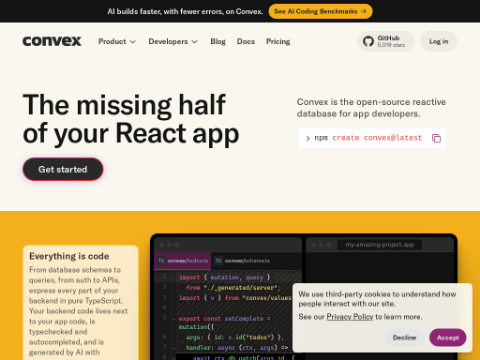The GTC conference, Nvidia's most significant event of the year, is set to kick off on Monday in San Jose and will run through Friday.
Nvidia’s CEO Jensen Huang will deliver a keynote speech at 10 a.m. on Tuesday at the SAP Center. The focus will undoubtedly be on artificial intelligence and accelerated computing technologies. According to Nvidia, the company has also teased announcements related to robotics, sovereign AI, AI agents, and innovations in the automotive sector — alongside hosting 1,000 sessions, featuring 2,000 speakers, and nearly 400 exhibitors.
What can we expect from GTC? Typically, Nvidia unveils numerous new GPU-related products during the event. It seems highly likely that the company’s new and enhanced Blackwell chip series will make an appearance.
During Nvidia's recent earnings call, Huang confirmed the upcoming Blackwell B300 series, codenamed Blackwell Ultra, which is scheduled for release in the second half of this year. In addition to higher computational performance, the Blackwell Ultra cards come equipped with more memory (288GB), a feature that will appeal to customers looking to run and train memory-intensive AI models.
Nvidia's next-generation GPU lineup, Rubin, will almost certainly be discussed alongside Blackwell Ultra at GTC. Slated for release in 2026, Rubin promises what Huang described as a “massive, massive leap in compute capability.”
Huang also mentioned on the aforementioned Nvidia earnings call that he would discuss products beyond Rubin at GTC. This could refer to the Rubin Ultra GPU or perhaps the architecture succeeding the Rubin family.
Beyond GPUs, Nvidia may provide insights into its perspective on recent advancements in quantum computing. The company has planned a "Quantum Day" for GTC, where executives from leading companies in the field will be invited to "[chart] a path to useful quantum applications."
One thing is certain: Nvidia needs a win.
Early versions of the Blackwell cards reportedly suffered from severe overheating issues, leading to reduced orders from clients. Export controls and tariff concerns in the U.S. have significantly weighed down Nvidia’s stock price in recent months. Meanwhile, the success of China’s DeepSeek AI lab in developing efficient models competitive with top-tier AI labs has prompted investor concerns about the demand for powerful GPUs like Blackwell.
Huang argues that DeepSeek's rise will actually benefit Nvidia, accelerating the broader adoption of AI technologies. He also noted that the growth of power-hungry so-called “inference” models, like OpenAI's o1, represents the next peak Nvidia must conquer.
To be clear, Nvidia isn't really struggling. The company reported record-breaking quarterly results in February, with revenue hitting $39.3 billion, and it anticipates revenue of $43 billion in the next quarter. While competitors like AMD are starting to erode Nvidia’s market share, the company still holds an estimated 82% of the GPU market.








